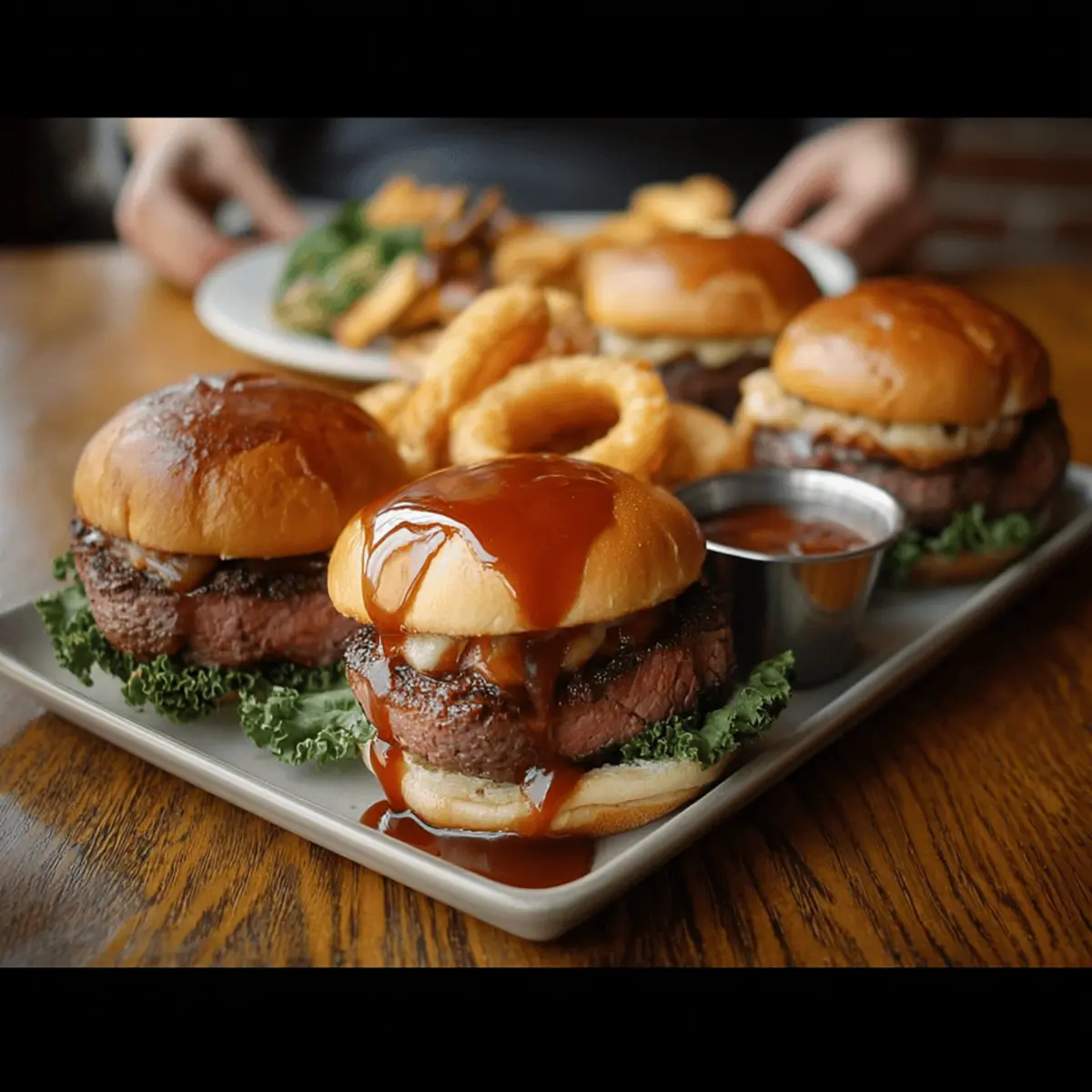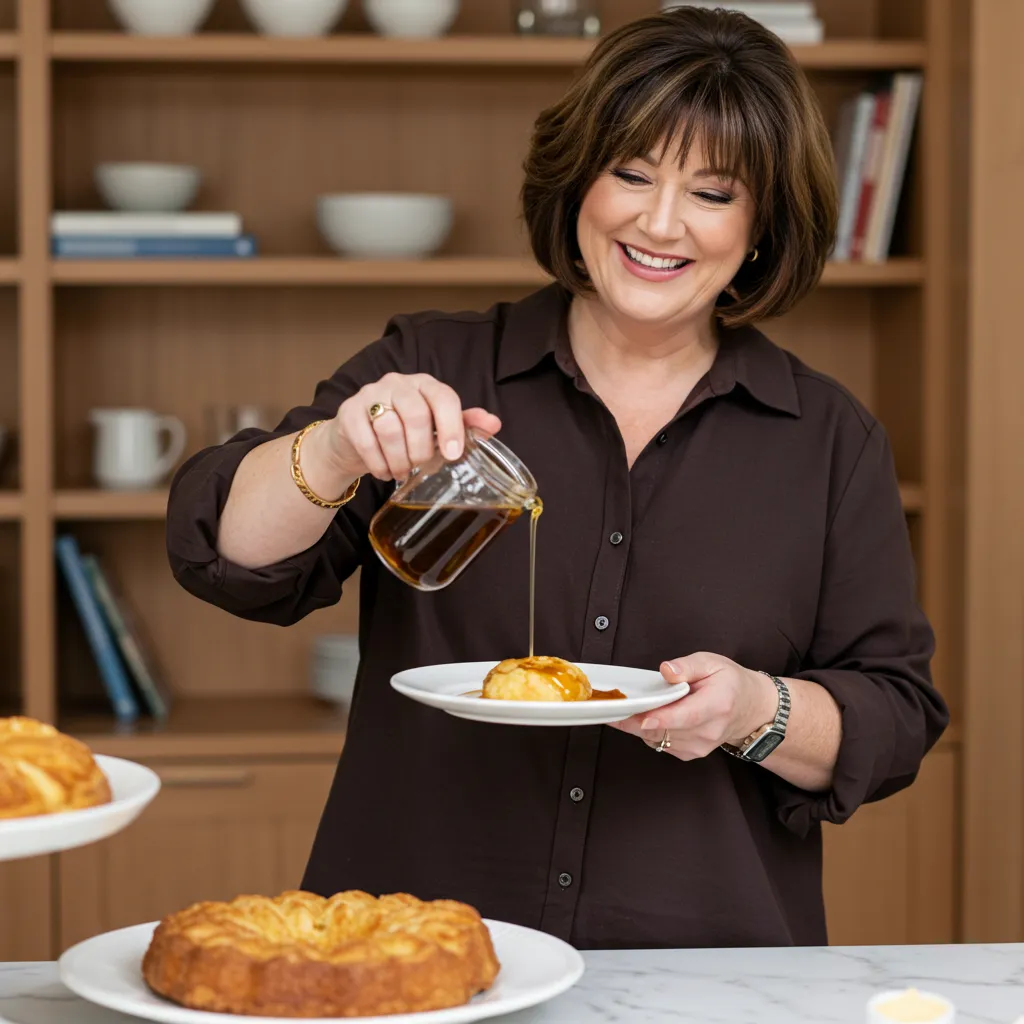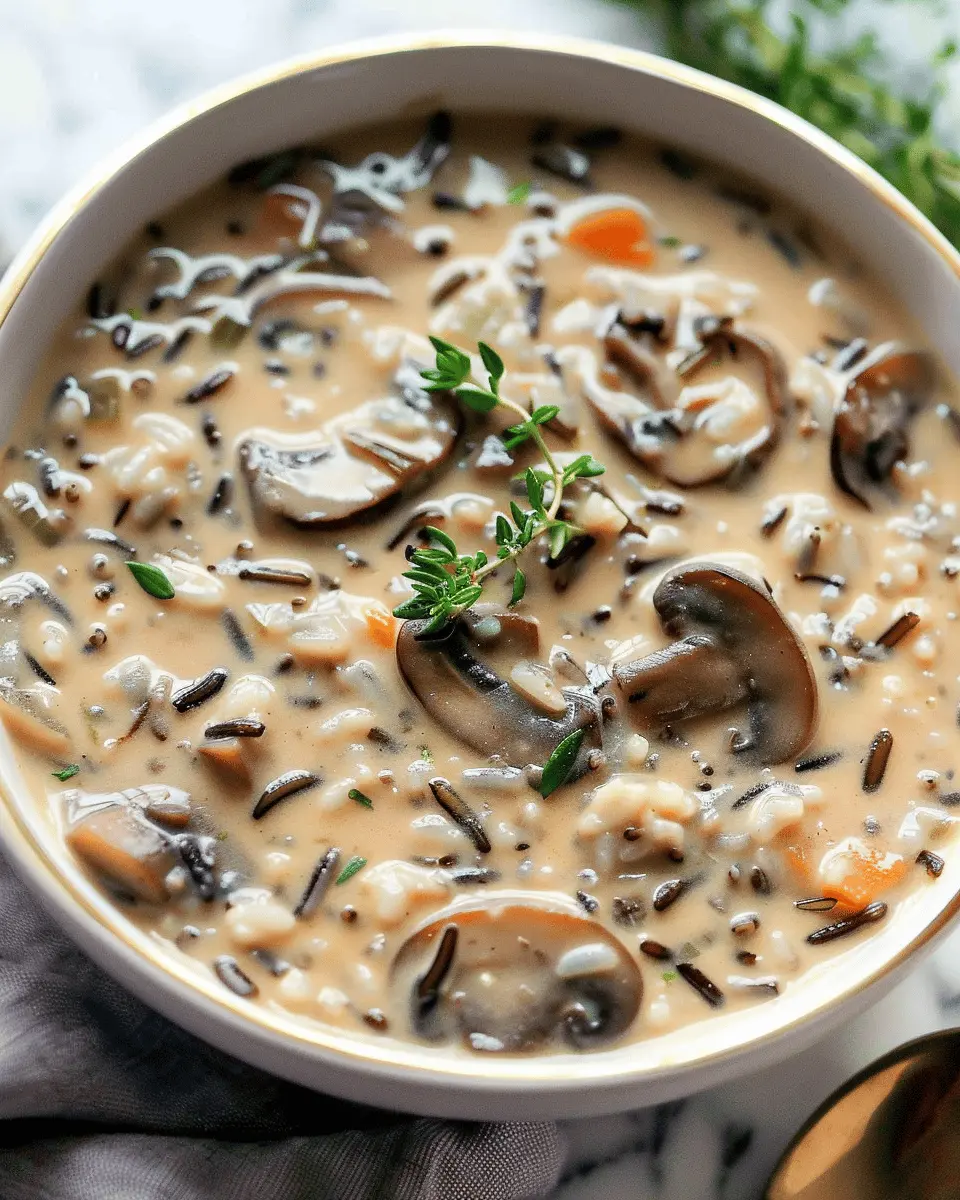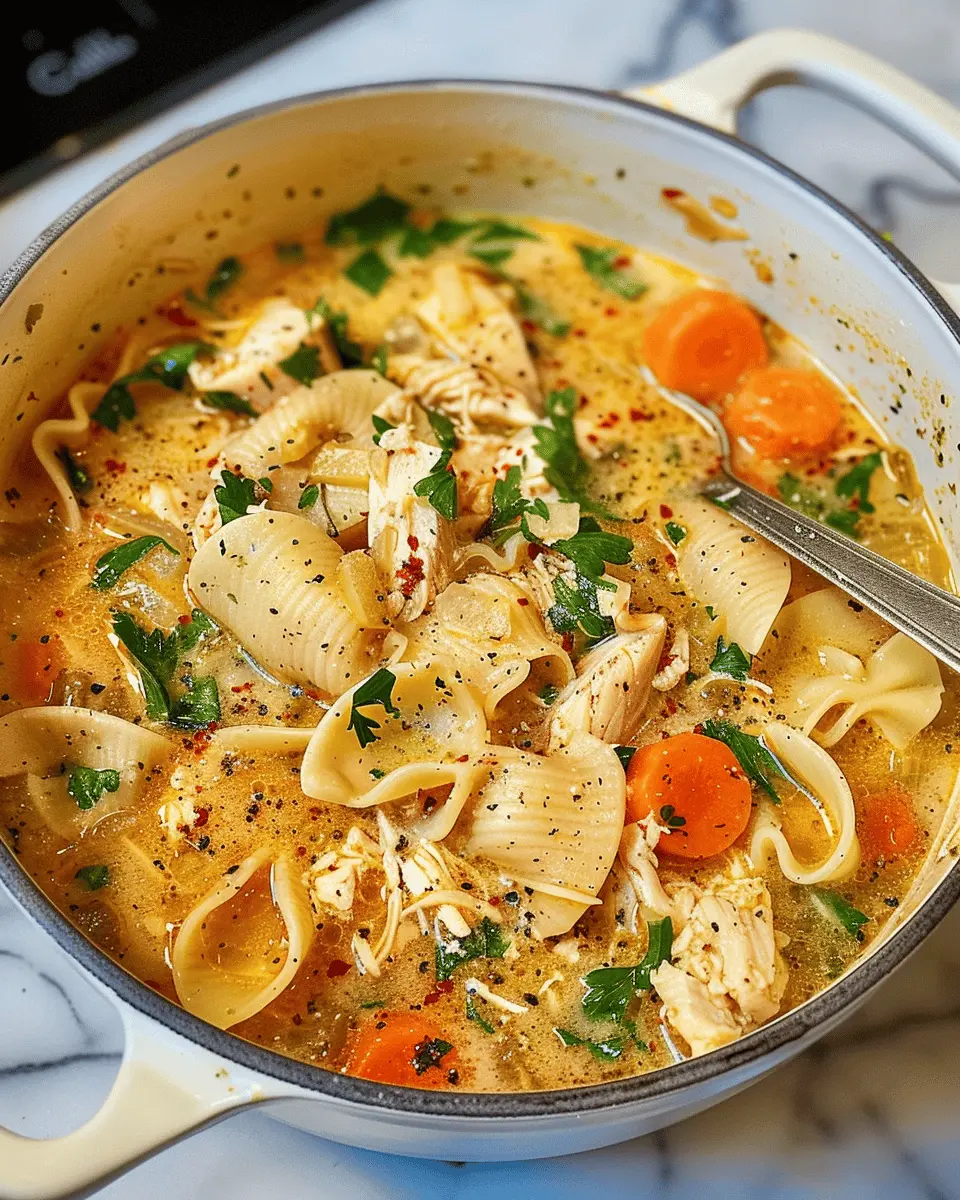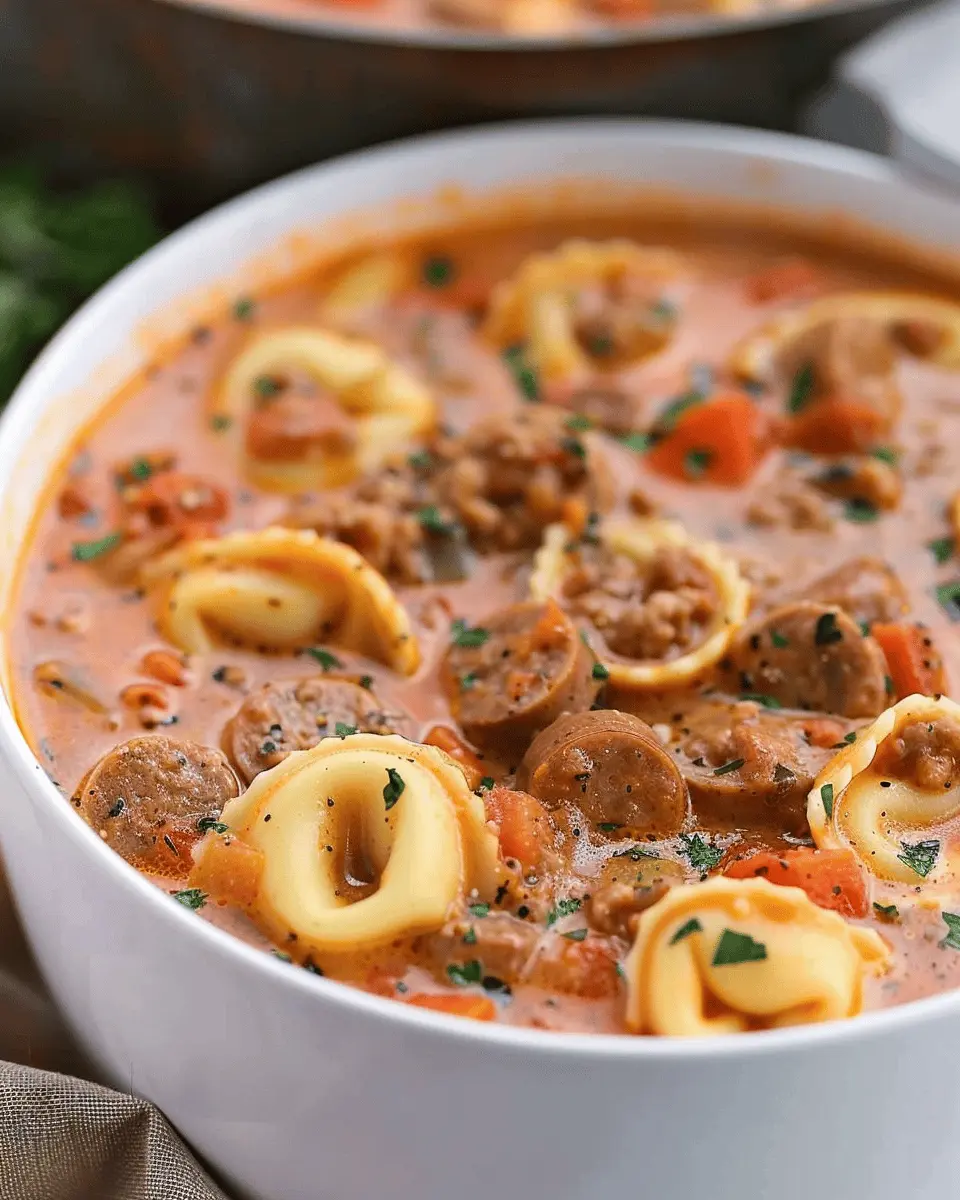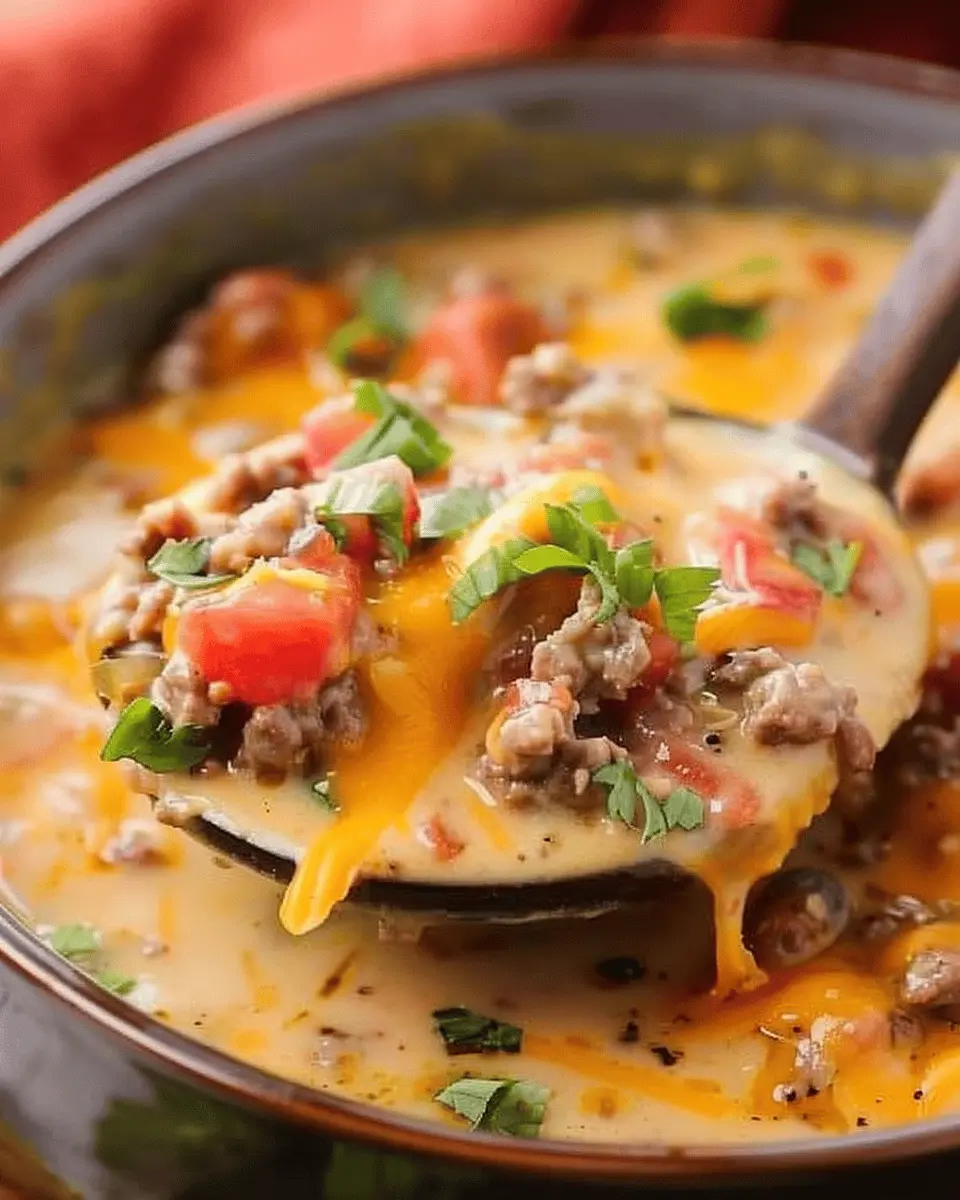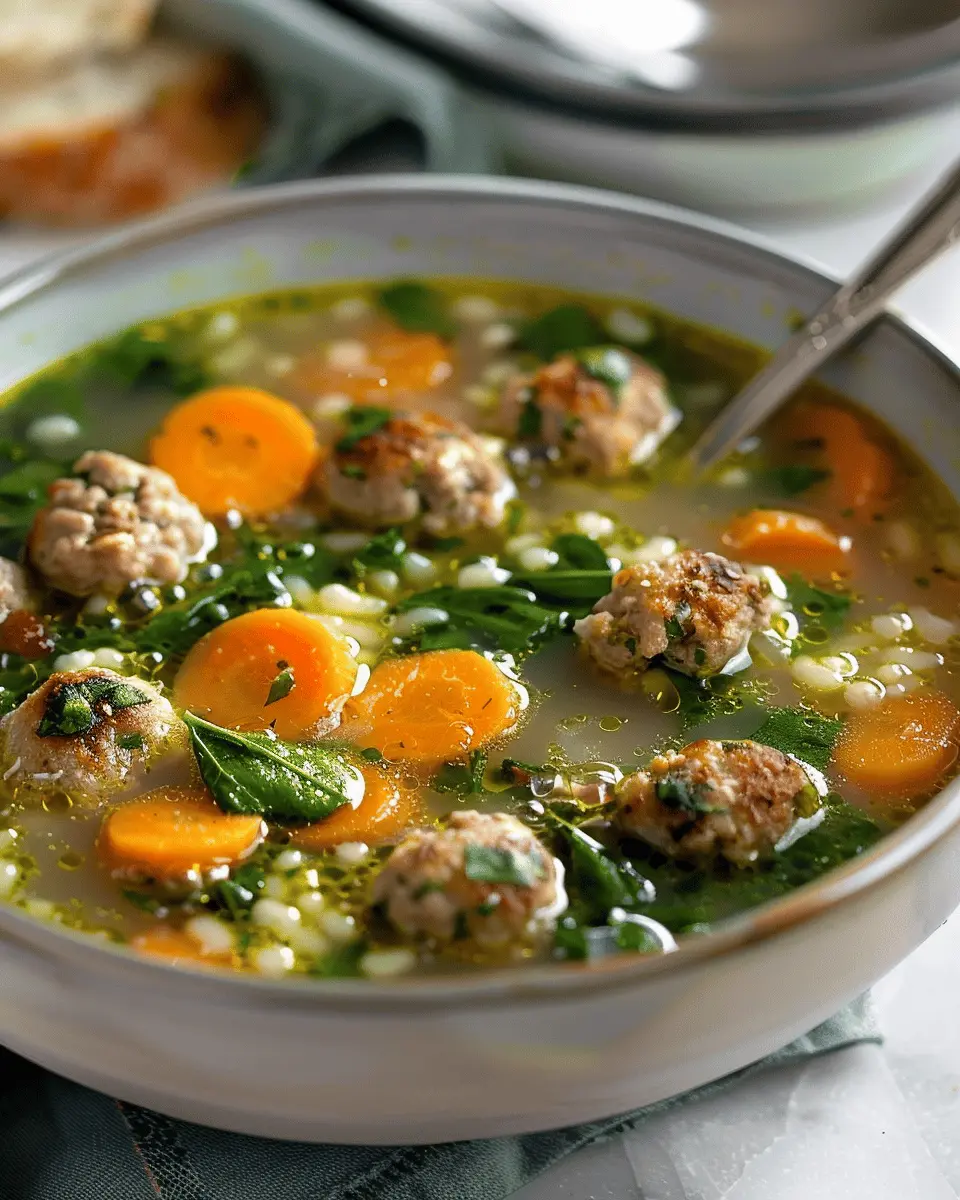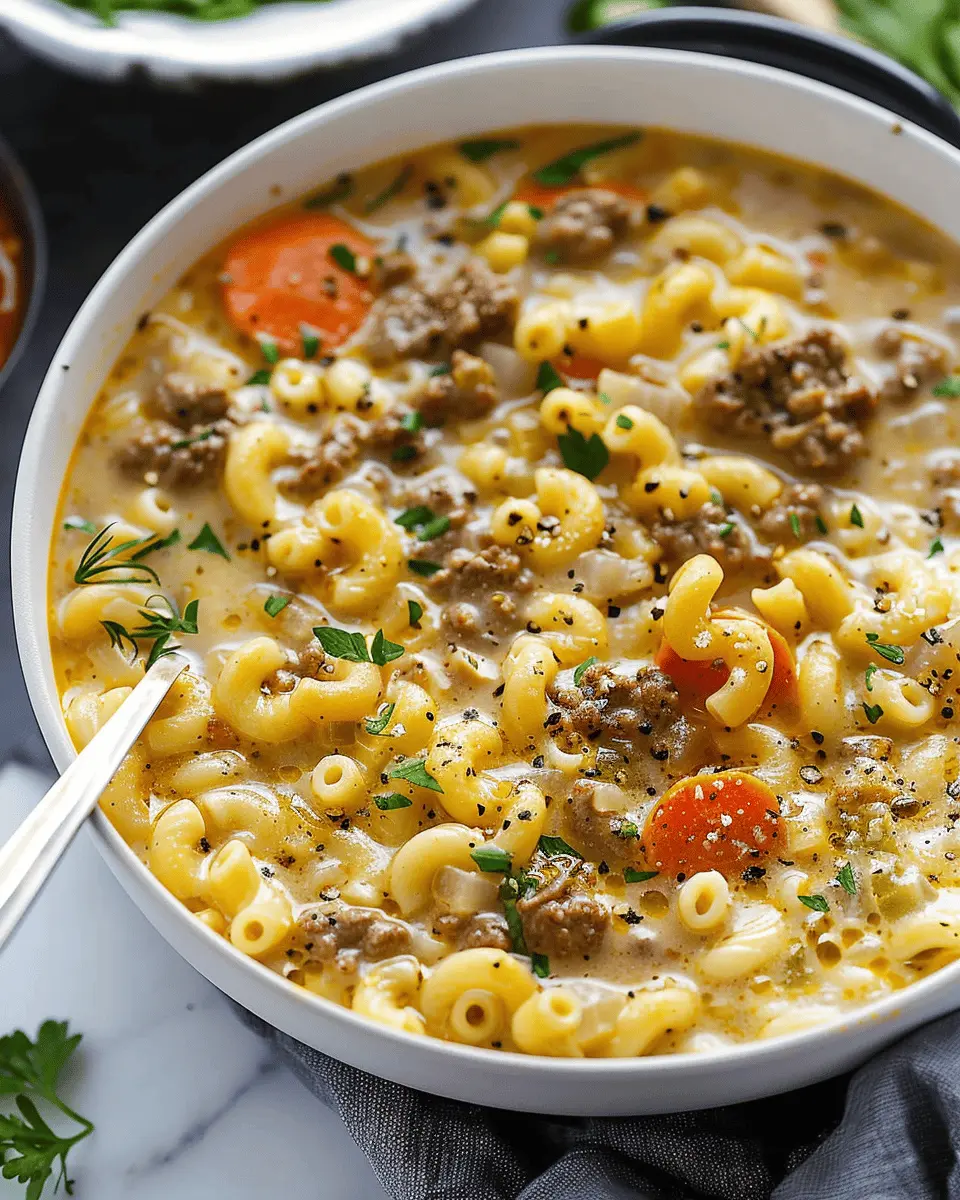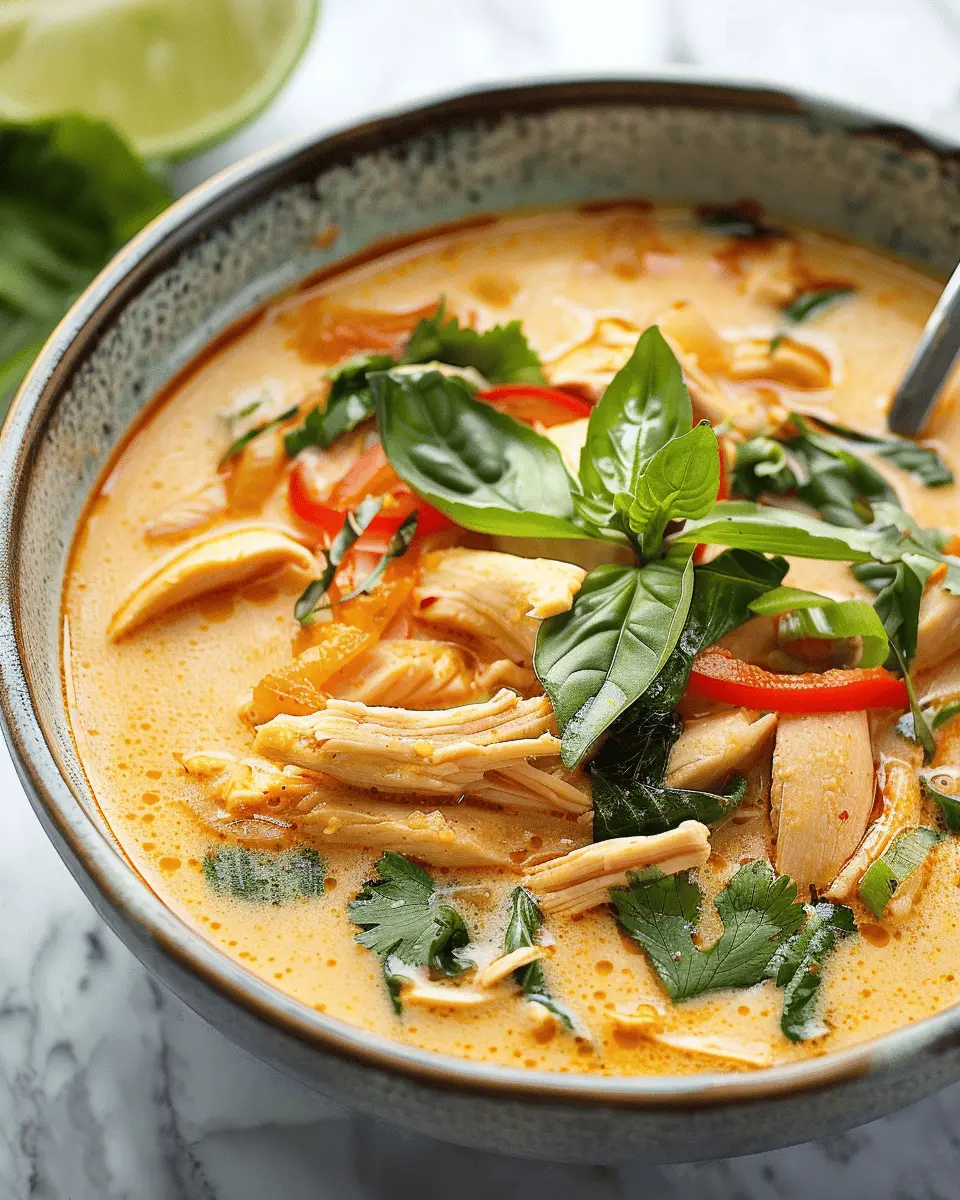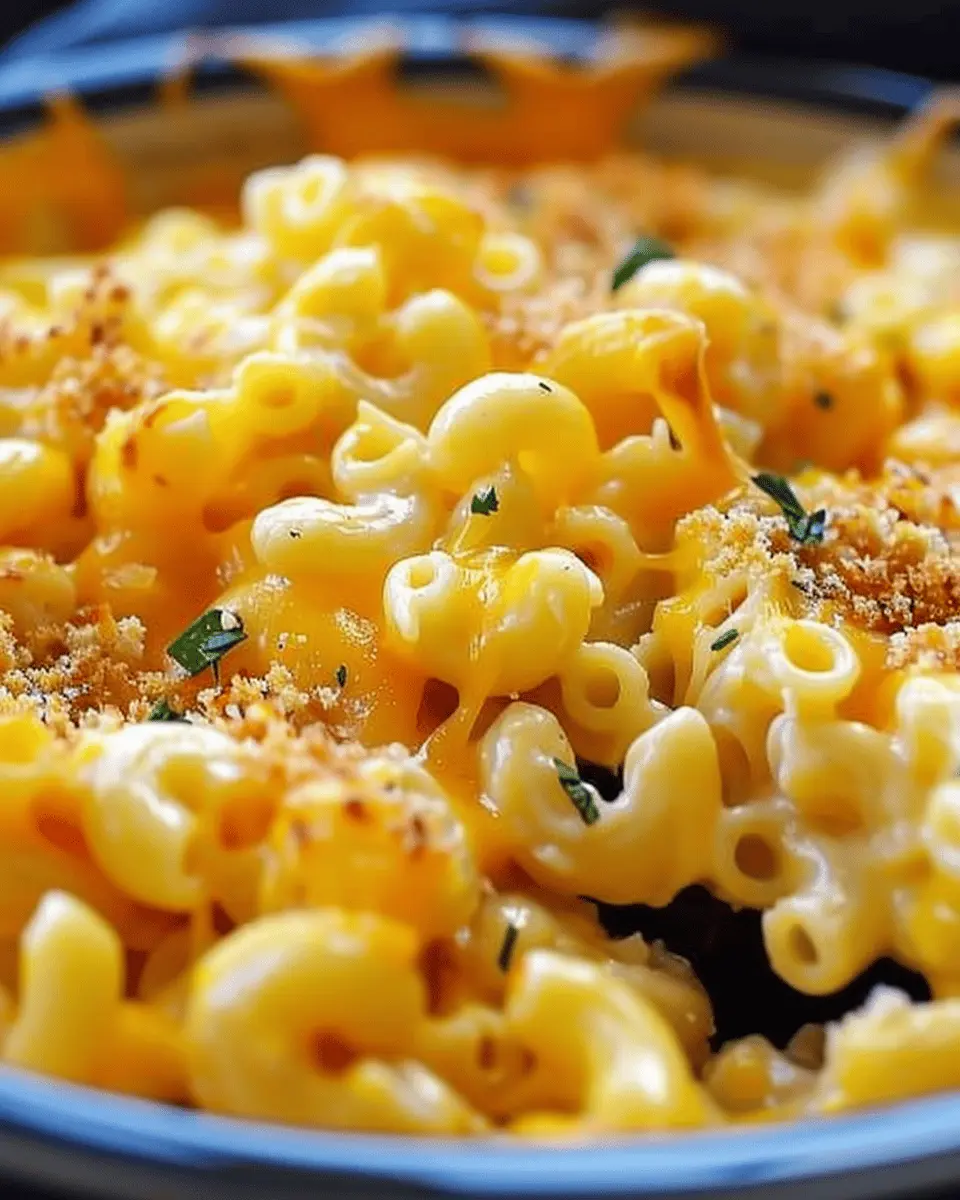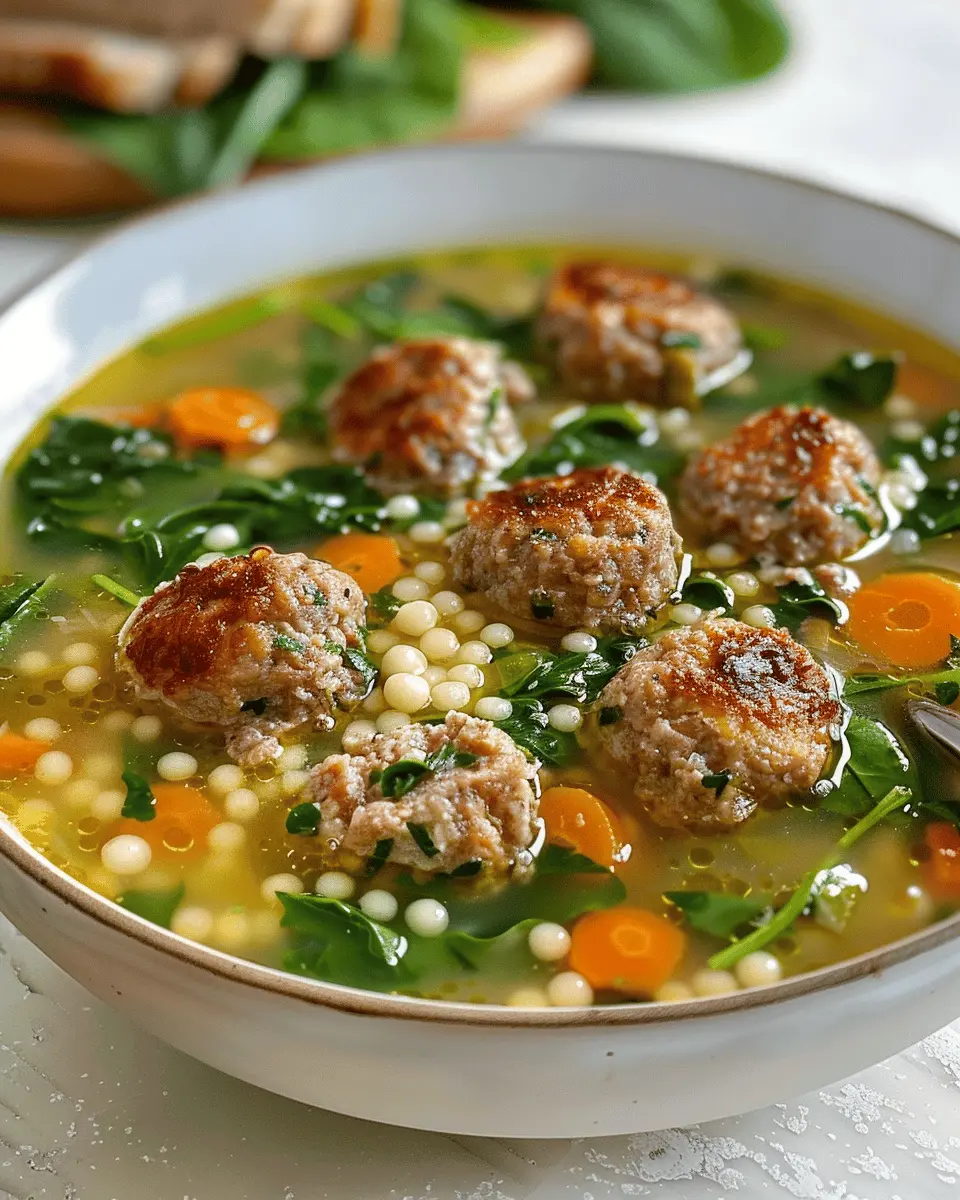Introduction to Roast Beef Dishes
When you’re balancing a busy career with social commitments, finding a meals solution that is both satisfying and straightforward can be a challenge. Enter roast beef dishes — a delicious choice that seamlessly fits into the hectic lives of young professionals. These dishes offer a perfect mix of flavor, versatility, and resilience, making them ideal for those who may not have the luxury of time or culinary skill.
One of the best things about roast beef is how well it lends itself to meal prepping. Who wouldn’t want to come home after a long day knowing that a hearty, comforting meal awaits? Preparing a roast beef can provide you with leftovers for days, ensuring you have nutritious options ready to go. According to the USDA, cooking in bulk can save you time and money, which are valuable commodities for any young professional.
Moreover, roast beef dishes are customizable. Whether you’re in the mood for a classic Sunday roast, a spicy beef stir-fry, or even a hearty beef stew, the possibilities are endless. You can easily adjust the seasonings to suit your palate — think garlic, rosemary, or even a hint of spicy mustard. Plus, a flavorful roast can elevate any dinner party or casual get-together with friends, making you the star chef of the evening!
But don’t just take my word for it. According to cooking experts, the technique of roasting preserves meat’s natural flavors while providing or enhancing tenderness. What could be easier than a dish that essentially cooks itself in the oven while you take care of other important tasks?
Furthermore, if you’re looking to impress your colleagues at a potluck or dinner party, these dishes can easily be dressed up for a formal setting or simplified for casual dining. The advantage of roast beef is its flexibility—it’s as suitable for a bustling weeknight dinner as it is for a Sunday feast.
Ultimately, if you’re a young professional seeking meaningful meals that resonate with your lifestyle, look no further than roast beef dishes. They are the perfect culinary companion in your journey towards a balanced and delicious diet.
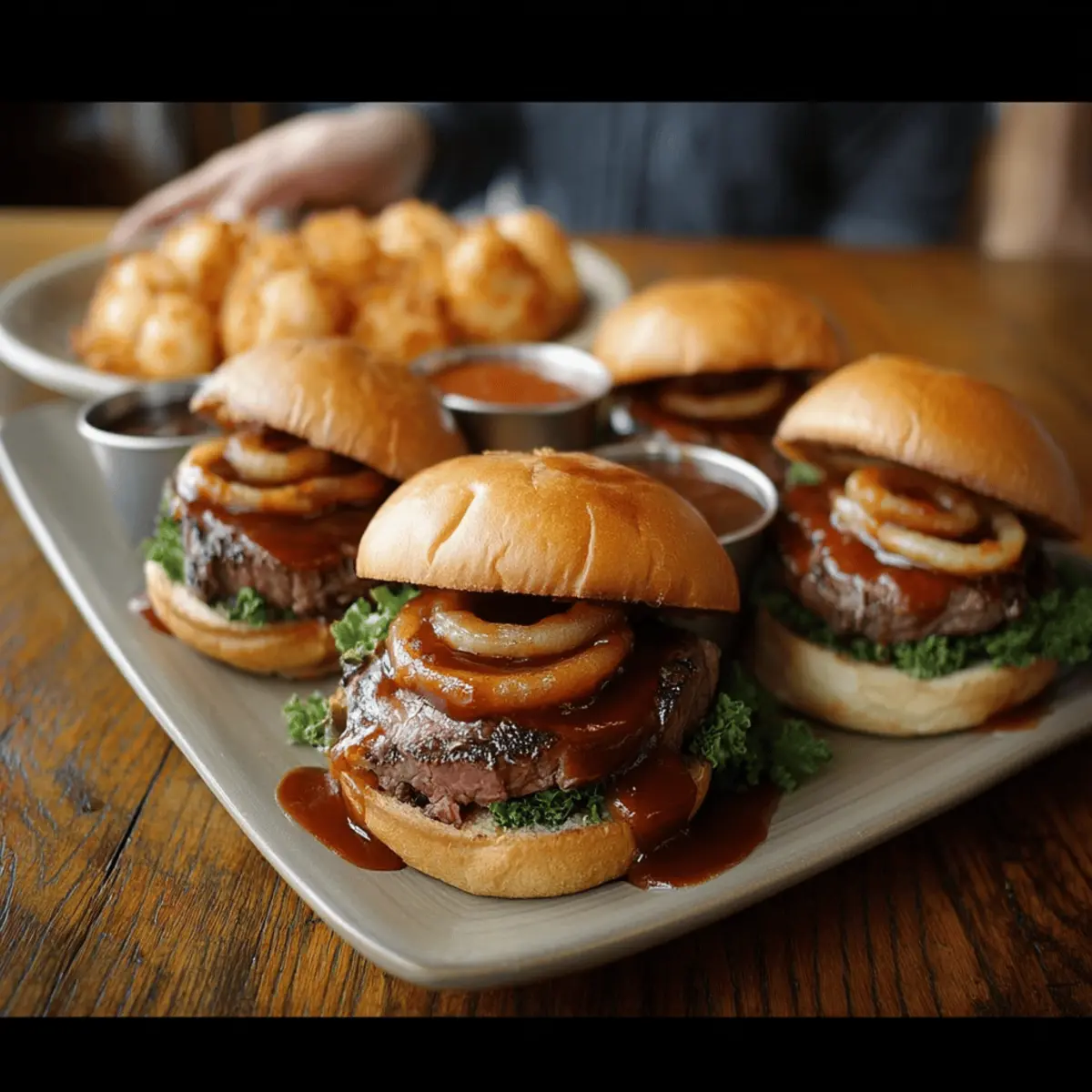
Ingredients for Roast Beef Dishes
Common ingredients for classic roast beef
When you think of classic roast beef dishes, the first things that come to mind are likely a beautifully cooked cut of meat and delicious sides. Start with a good quality cut of beef, such as:
- Ribeye or sirloin: These cuts are juicy and flavorful.
- Brisket: Perfect for slow-roasting and packing in lots of flavor.
- Tenderloin: Lean and tender, ideal for special occasions.
You’ll also need some staples for side dishes, such as potatoes (mashed or roasted), carrots, and green beans. Fresh vegetables not only enhance the plating but add nutritional value, too.
Essential herbs and spices for flavor
The right herbs and spices can elevate your roast beef dishes from good to unforgettable. Here’s what you should have on hand:
- Garlic: Fresh or roasted for a sweet, aromatic boost.
- Rosemary and thyme: These hearty herbs complement beef beautifully.
- Black pepper and sea salt: Essential for enhancing the natural flavors.
Consider checking out this article from the USDA on food safety while cooking beef, as these little tweaks can make all the difference in your next feast!
Preparing Roast Beef Dishes
Roast beef is a timeless classic that never fails to impress, whether it’s a cozy dinner for two or a festive gathering with friends. To ensure your roast beef dishes turn out perfectly every time, it’s important to cover the basics: from choosing the right cut to serving it up with flair. Let’s dive into the essential steps that every home cook should know.
Selecting the Right Cut of Beef
Choosing the right cut is crucial for a successful roast. Here are some popular cuts you might want to consider:
- Ribeye: Known for its rich marbling, this cut is incredibly flavorful and tender.
- Sirloin: A leaner option that still provides good flavor and tenderness.
- Chuck roast: This cut is perfect for low-and-slow cooking methods, resulting in a melt-in-your-mouth experience.
- Tenderloin: While a bit pricier, it’s the most tender cut, great for special occasions.
If you’d like a more in-depth comparison of beef cuts, check out the Virtual Meat Market for expert insights on this topic. When selecting your cut, look for a nice balance of fat and meat, as this will significantly enhance the final flavor and texture of your roast beef dishes.
Preparing the Beef: Seasoning and Marinating
Once you’ve selected your cut, it’s time to prepare it. A well-seasoned roast can elevate your dish from bland to gourmet. Here’s how:
- Dry Rubs: Combine spices like garlic powder, onion powder, salt, pepper, and perhaps a hint of paprika for warmth. Apply it generously all over the beef.
- Marinades: Create a marinated beauty by soaking your roast in a mixture of olive oil, balsamic vinegar, garlic, and herbs for at least 4 hours, or overnight if possible. This not only infuses flavor but also helps tenderize the meat.
Remember, seasoning is key! The deeper the flavors, the more satisfying your roast beef will be. Want some excellent marinade recipes? Explore Food Network’s Collection for inspiration.
Mastering Roasting Techniques
With your beef prepped and ready, let’s dive into roasting techniques. Achieving the perfect roast comes down to a few important details:
-
Oven Temperature: Preheat your oven to 375°F (190°C). This temperature allows for even cooking without drying out the meat.
-
Timing: General cooking time is about 20 minutes per pound for medium-rare. Always use a meat thermometer; aim for an internal temperature of about 135°F (57°C) for medium-rare. Remember, the beef will continue cooking after removing from the oven, so take it out a bit earlier.
When roasting, consider placing your beef on a rack in the roasting pan. This allows heat to circulate evenly. Plus, it keeps those delicious juices flowing!
Creating a Flavorful Gravy or Sauce
What’s a roast without a rich gravy or sauce to complement it? Here’s a simple method to make your own:
- Use pan drippings: After roasting, transfer the beef to a platter and cover it to rest. Place the roasting pan on the stove over medium heat and pour in some beef broth.
- Thicken it Up: Whisk in a roux made from equal parts flour and butter, allowing it to simmer until thickened. Season with salt, pepper, and herbs to taste.
Enhancing your roast with a homemade gravy not only elevates the dish, but also showcases your culinary skills. For an even closer look at making gravies, check out this detailed guide on Epicurious.
Serving Your Roast Beef Dish
Once your roast is perfectly cooked and garnished with your savory gravy, it’s time to serve! Here are some suggestions:
- Slice against the grain: This ensures every bite is tender and easy to chew.
- Pair with sides: Consider serving your roast with classic sides such as mashed potatoes, roasted vegetables, or a light salad.
- Presentation: Arrange the sliced beef on a large platter, drizzle or pour your gravy over the top, and add some fresh herbs for color.
Don’t forget to allow the roast to rest before carving; this allows juices to redistribute, enhancing flavor. A well-prepared roast beef dish can steal the show at any table, leaving your guest impressed and satisfied.
Cooking roast beef can seem daunting at first, but with the right preparation and techniques, you’ll create a delightful dish that’s sure to become a favorite in your home. Happy cooking!
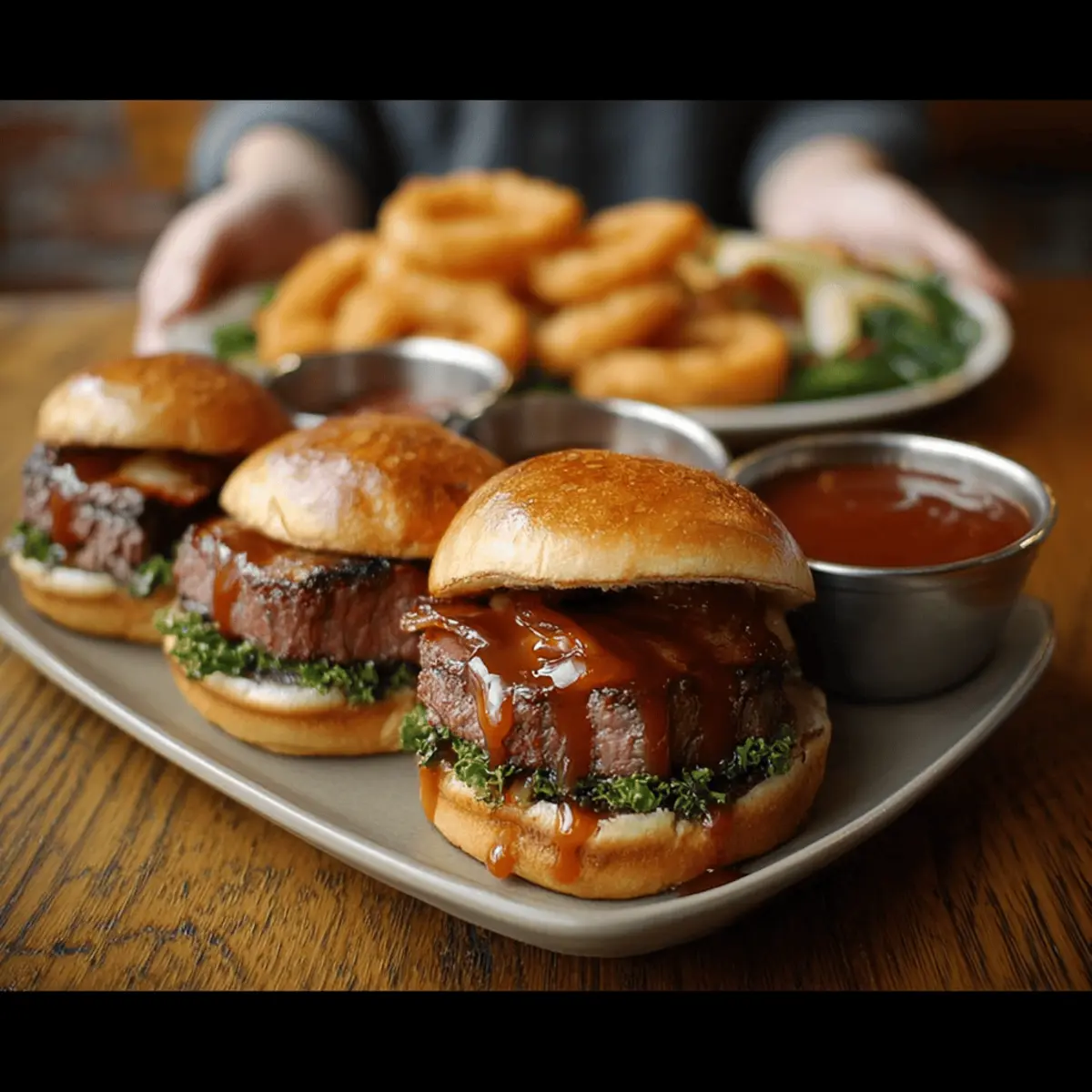
Variations on Roast Beef Dishes
Roast Beef Sandwiches for Quick Lunches
When you’re craving a fast yet satisfying meal, roast beef sandwiches are a fantastic option. You can easily whip one up using leftover roast beef, crusty bread, and your favorite condiments. Think about turning a classic sandwich into something special with toppings like:
- Caramelized onions for sweetness
- Creamy horseradish for a kick
- Pepper jack cheese for a flavorful punch
Pair your sandwich with a refreshing side salad or crispy chips, and you’ve got a meal that’s both delicious and easy to pack for lunch. For more sandwich inspirations, check out Serious Eats.
Beef Stir-Fry for a Quick Weeknight Dinner
If you’re looking for roast beef dishes that come together in a flash, consider a beef stir-fry. It’s a perfect way to utilize leftover roast, while also sneaking in some veggies for a balanced meal. Here’s how to get started:
- Slice the roast beef thinly against the grain.
- Sauté your choice of seasonal vegetables—bell peppers, broccoli, and snap peas work wonders.
- Toss everything together in a hot skillet or wok with soy sauce, garlic, and ginger.
Not only is this dish versatile, but it’s also surprisingly quick to prepare, making it ideal for busy weeknights.
Slow-Cooked Roast Beef for Comfort Meals
Nothing says comfort like a slow-cooked roast beef that fills your home with delightful aromas. The beauty of a slow cooker is its ability to infuse flavors deeply while requiring minimal effort. You can combine:
- Beef broth
- Vegetables like carrots and potatoes
- Herbs like thyme and rosemary
Letting your roast cook low and slow means you can come home to a hearty, tender meal that’s perfect for family gatherings. If you’re interested in slow-cooking tips, check out America’s Test Kitchen.
Each variation on these roast beef dishes allows you to elevate the humble roast into something extraordinary, catering to whatever mood or occasion you find yourself in!
Cooking Tips and Notes for Roast Beef Dishes
Achieving the Perfect Doneness
When it comes to roast beef dishes, doneness is everything. Here are some tips to help you hit that sweet spot:
- Use a Meat Thermometer: It’s your best friend! Aim for 125°F for rare, 135°F for medium-rare, and 145°F for medium.
- Check Thickness: Thicker cuts need more time, so keep that in mind. A general rule of thumb is about 20 minutes of cooking time per pound.
Insider Tip: To avoid overcooking, remove your roast from the oven a little before it reaches the target temperature. It will continue cooking while resting.
Importance of Resting the Meat
After those lovely aromas fill your kitchen, don’t dig in right away. Resting is crucial for juicy roast beef. Let it rest for at least 20 minutes under loose foil. This allows the juices to redistribute, ensuring every slice is tender and flavorful.
For more insights on roasting, check out this article on USDA guidelines. Your guests will thank you!
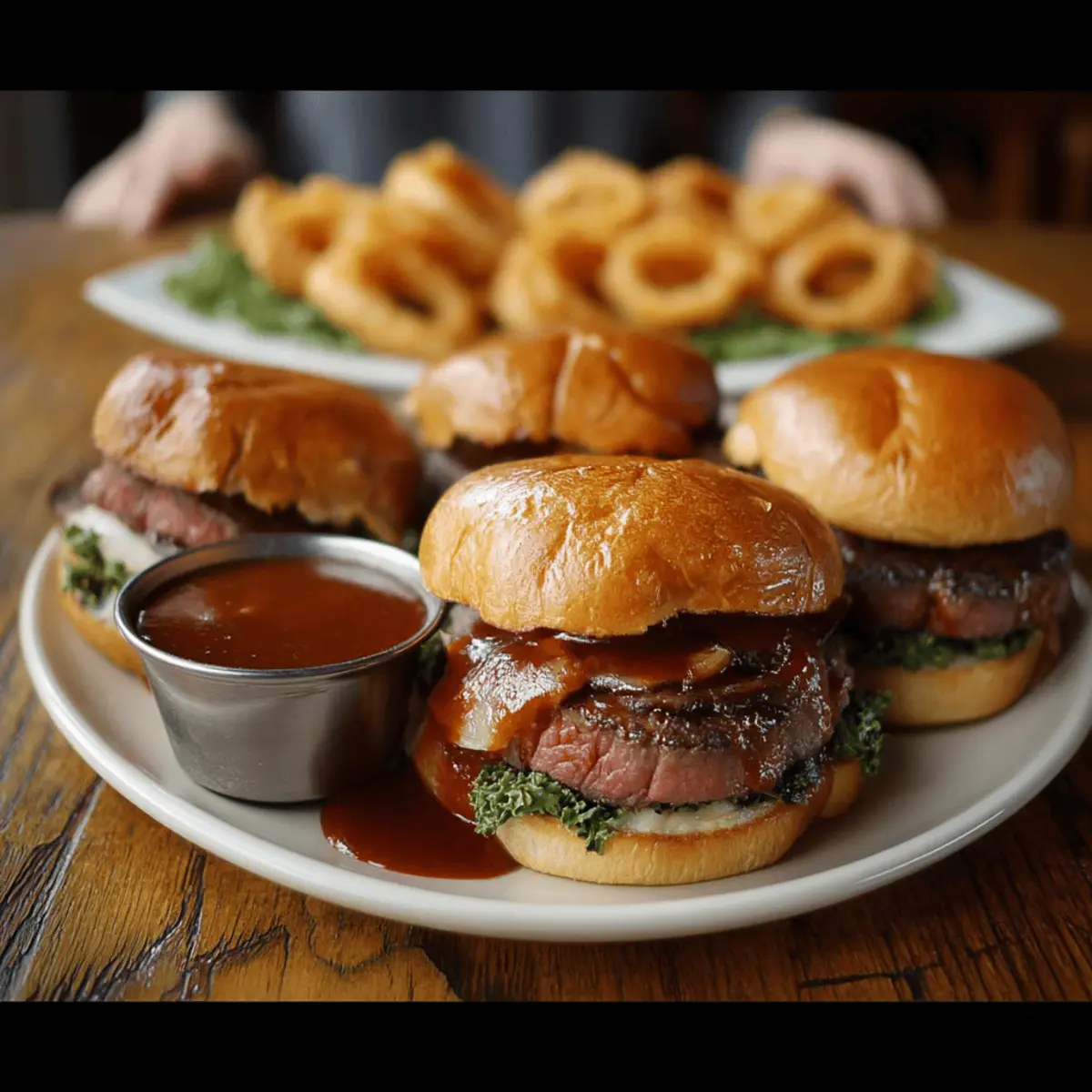
Serving Suggestions for Roast Beef Dishes
Side Dishes that Complement Roast Beef
When it comes to roast beef dishes, the right sides can elevate your meal to a whole new level. Here are some classic and delightful options:
- Mashed Potatoes: Creamy, buttery mashed potatoes are a perfect foil for the rich flavors of roast beef.
- Roasted Vegetables: A medley of carrots, Brussels sprouts, and parsnips, drizzled with olive oil, enhances both visuals and taste.
- Yorkshire Pudding: This traditional British side is a must-try; its airy texture pairs wonderfully with gravy-soaked roast beef.
- Coleslaw: The crunchy freshness of coleslaw adds a lovely contrast, cutting through the richness of your beef.
Consider exploring resources like BBC Good Food for more creative side dish ideas.
Creative Ways to Use Leftovers
If you’re lucky enough to have leftovers, there’s no need to eat the same meal twice! Think outside the box with these ideas for your roast beef dishes:
- Beef Sandwiches: Thinly slice your roast beef and layer it on crusty bread with horseradish sauce for a quick lunch.
- Beef Stir-Fry: Chop your leftovers and toss them into a hot skillet with vegetables and soy sauce for a flavorful dinner.
- Beef Tacos: Shred the roast, warm some tortillas, and add your favorite toppings for a fun twist on taco night.
These suggestions not only reduce waste but also keep your meals exciting! What clever ways do you have for using up leftovers? Feel free to share your own tips, as it can spark inspiration for fellow cooks!
Time Breakdown for Roast Beef Dishes
Preparation Time
When diving into the world of roast beef dishes, you’ll need about 20-30 minutes for preparation. This includes seasoning the beef, chopping veggies, and letting the meat come to room temperature before cooking. Taking the time to marinate or season your beef can significantly enhance the flavor, so don’t rush this step!
Cooking Time
Once you’ve prepped, your cooking time will typically range from 1.5 to 3 hours, depending on the size and cut of your meat. For a tender roast, aim for a slow cook—this not only ensures juiciness but also allows those remarkable flavors to develop.
Total Time
In total, expect to dedicate about 2 to 3.5 hours for your entire roast beef adventure. This includes prep and cook time, plus a little extra for resting the meat to ensure maximum tenderness. Ready to impress? Check out simple tips from Culinary Institute of America to maximize your cooking experience!
Nutritional Facts for Roast Beef Dishes
When it comes to roast beef dishes, understanding the nutritional content can help you enjoy them more mindfully. Here’s a breakdown to keep in mind:
Calories per Serving
On average, a serving of roast beef (about 3 ounces) contains roughly 250-300 calories. While delicious, it’s smart to watch portion sizes, especially if you’re pairing it with rich sauces or sides.
Protein Content
Roast beef is a fantastic source of protein, providing approximately 25-30 grams per serving. This makes it an excellent choice for those aiming to fuel muscle growth or maintain energy levels throughout the day.
Recommended Daily Values
For an adult, protein intake should be around 46-56 grams daily, depending on activity levels. Including some lean roast beef in your diet can contribute significantly to meeting these needs. Just remember to balance it with plenty of veggies and whole grains for a well-rounded meal.
For more detailed nutrition information, sites like USDA FoodData Central can be incredibly useful. Understanding these nutritional facts not only helps you enjoy your meals more but also supports a healthier lifestyle!
FAQs about Roast Beef Dishes
What cut of beef is best for roasting?
Choosing the right cut is crucial for creating mouthwatering roast beef dishes. The best cuts include:
- Ribeye Roast: Known for its rich flavor and tenderness.
- Sirloin Roast: Leaner and more affordable, yet still flavorful.
- Chuck Roast: A budget-friendly option that’s perfect for slow-cooking or braising.
These cuts not only deliver juicy flavor but also present beautifully at any dinner table. For more detailed insights on cuts and their preparation, check out ButcherBlock.
How can I store leftover roast beef?
Storing leftover roast beef correctly is essential to preserve its flavor. Here’s how:
- Cool Down Quickly: Let it sit for no more than two hours before refrigerating to prevent bacteria.
- Wrap it Up: Use an airtight container or heavy-duty foil to keep it fresh.
- Use Within Three to Five Days: You can also freeze your leftovers for up to three months. Just make sure to wrap them well!
Leftover roast beef can be a goldmine for new meals, like sandwiches or stir-fries.
Can I make roast beef in a slow cooker?
Absolutely! A slow cooker is a fantastic way to prepare roast beef dishes. It allows the meat to tenderize perfectly over time. Here’s how:
- Sear the Beef: For added flavor, sear your beef in a pan first.
- Add Liquid: Use beef broth, wine, or even a splash of soy sauce to infuse flavor.
- Cook Low and Slow: Aim for 8 hours on low or 4-5 hours on high for melt-in-your-mouth results.
Not only is this method convenient, but it’s also hands-off, making it ideal for busy professionals.
Exploring the world of roast beef is a culinary adventure well worth it!
Conclusion on Roast Beef Dishes
Cooking roast beef at home offers numerous benefits that elevate your dining experience. Not only is it a cost-effective choice, allowing you to enjoy quality meat without breaking the bank, but it also gives you the freedom to customize flavors and cooking methods. Home-cooked roast beef dishes can significantly enhance social gatherings, providing a hearty meal that unites friends and family.
By incorporating your unique touch, you create memories with every meal. Have you ever wanted to impress someone special with your culinary skills? Making a roast beef dish could be your secret weapon! For resources on mastering the perfect roast, check out Bon Appétit for expert tips.
PrintRoast Beef Dishes: Juicy Recipes to Transform Your Dinner Game
Discover delicious roast beef dishes that will elevate your dinner routine with savory flavors and tender meat.
- Prep Time: 15 minutes
- Cook Time: 2 hours
- Total Time: 2 hours 15 minutes
- Yield: 6 servings 1x
- Category: Main Course
- Method: Roasting
- Cuisine: American
Ingredients
- 3 pounds roast beef
- 2 tablespoons olive oil
- 1 teaspoon salt
- 1 teaspoon black pepper
- 4 cloves garlic, minced
- 2 cups beef broth
- 2 tablespoons Worcestershire sauce
- 1 teaspoon dried thyme
- 1 teaspoon dried rosemary
Instructions
- Preheat the oven to 350°F (175°C).
- Rub the roast beef with olive oil, salt, and black pepper.
- Sear the beef in a hot skillet for 5 minutes on each side.
- Place the beef in a roasting pan and add garlic, beef broth, Worcestershire sauce, thyme, and rosemary.
- Cover with foil and roast for 2 hours, or until the internal temperature reaches 135°F (57°C) for medium rare.
- Remove from the oven and let rest for 15 minutes before slicing.
Notes
- For a stronger flavor, marinate the beef overnight.
- Serve with roasted vegetables for a complete meal.
Nutrition
- Serving Size: 1 serving
- Calories: 350
- Sugar: 0g
- Sodium: 600mg
- Fat: 20g
- Saturated Fat: 8g
- Unsaturated Fat: 10g
- Trans Fat: 0g
- Carbohydrates: 0g
- Fiber: 0g
- Protein: 30g
- Cholesterol: 90mg
Keywords: Roast Beef Dishes
